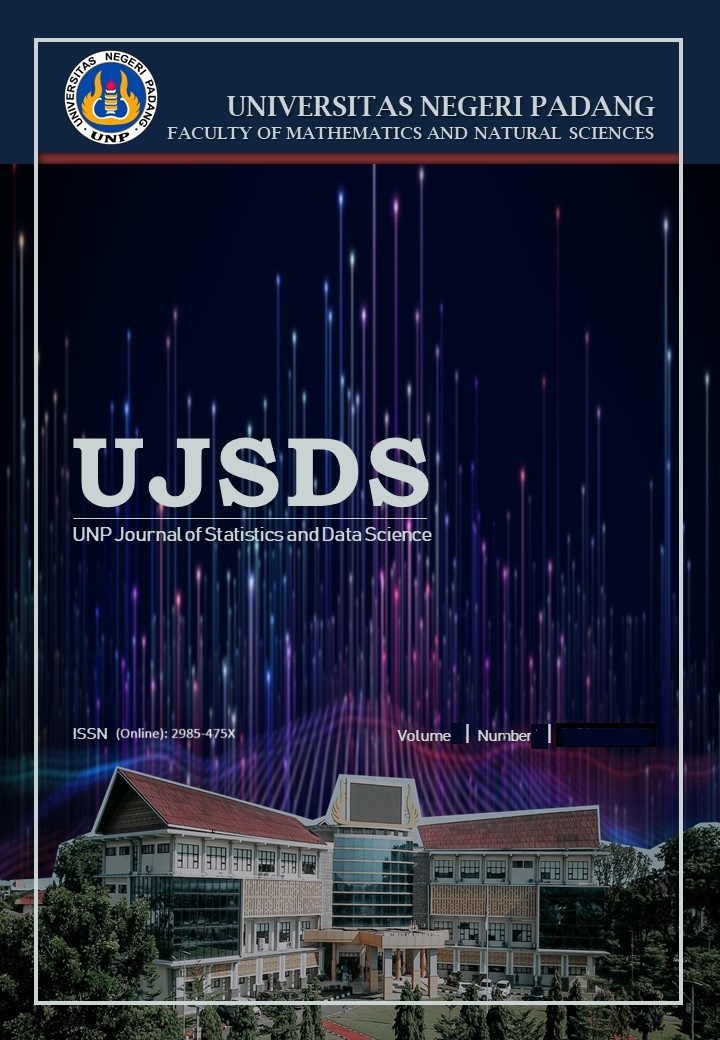Estimation of Poverty in North Sumatera in 2022 using Truncated and Penalized Spline Regression
DOI:
https://doi.org/10.24036/ujsds/vol2-iss4/217Keywords:
Poverty, HDI, Truncated Spline, Penalized SplineAbstract
The Sustainable Development Goals' main goal is to reduce poverty (SDGs). Low human capital is the cause of poverty. The Human Development Index is one indicator that can be used to assess human capital (HDI). Despite having the largest population on the island of Sumatra, North Sumatra continues to have the fifth highest poverty rate. Because the pattern of the relationship between poverty and HDI based on previous research is still unclear because the results are inconsistent, nonparametric regression modeling was used in this study because it is flexible in following the pattern of data relationships and can avoid model prespecific errors. This study aims to compare the Spline Truncated and Penalized Spline regression methods. The results of the comparison between the Truncated Spline regression model and the P-Spline regression model by looking at the smallest MSE value showed that a better estimator for modeling the Human Development Index in North Sumatera in 2022 is non-parametric regression using the truncated spline estimaor. where the best truncated spline modeling is at order 2 with one knot point located at X = 66.93 with a GCV value of 6.0543.
Downloads
Published
How to Cite
Issue
Section
License
Copyright (c) 2024 Kurnia Andrea Diva, Fadhilah Fitri, Dony Permana, Admi Salma

This work is licensed under a Creative Commons Attribution 4.0 International License.










